The 50 States Project is a series of candid conversations with interior designers across the country about how they’ve built their businesses. This week, Honolulu, Hawaii–based designers Marion Philpotts-Miller and Lowell Tom of Philpotts Interiors tell us about weaving local culture into their work authentically, the challenges of finding multidisciplinary staff, and why they and their fellow partner, Holly Boling Ruiz, opted to drastically reduce their team’s size.
You’re the second-generation leadership of Philpotts Interiors. In a nutshell, how did each of you get to your role at the firm today?
Lowell Tom: We have very different paths. My education is actually in architecture, and my introduction to Mary Philpotts was almost by accident. I had a friend who was a student intern with the firm. They were moving office locations, and my friend encouraged me to apply to be the new part-time librarian.

I had relocated to the Bay Area after graduation, and the firms I worked with were primarily practicing interior architecture—office planning, corporate work. When I returned to Hawaii, nobody at that time really specialized in what I would call architectural interiors. But there was a growth spurt in Hawaii in the 1980s, where a lot of high-rises were being developed downtown, and Philpotts Interiors was very much involved in a lot of corporate interiors. So I came back.
Marion Philpotts-Miller: In that sense, I have a similar “came back” story. Mary Philpotts, who founded the firm in the 1960s, was my mom. I was never interested in design, because I grew up with it. But you don’t realize [how much you pick up]: My dad was a banker, but also a maker on the weekends; my mom was an artist who became a designer and who believed in craftsmanship, culture and a sense of place.
In the ’80s, I was in school aspiring to be a ballerina when my dad said, “Your legs can’t be your bread and butter. You’ve got to have a backup plan.” I took some design courses and ended up at [the University of San Francisco] in the Academy of Art studying interiors. I partnered with my cousin and another designer, and we opened a firm in San Francisco called Your Space. We did that through the dot-com boom—we were young, and we had a lot of young clients. The work felt vital and fun. But I was always sort of looking to move home one day and start a family, because Hawaii is a beautiful place to raise kids. My husband and I moved back to Hawaii, and I joined the firm, right before 9/11.
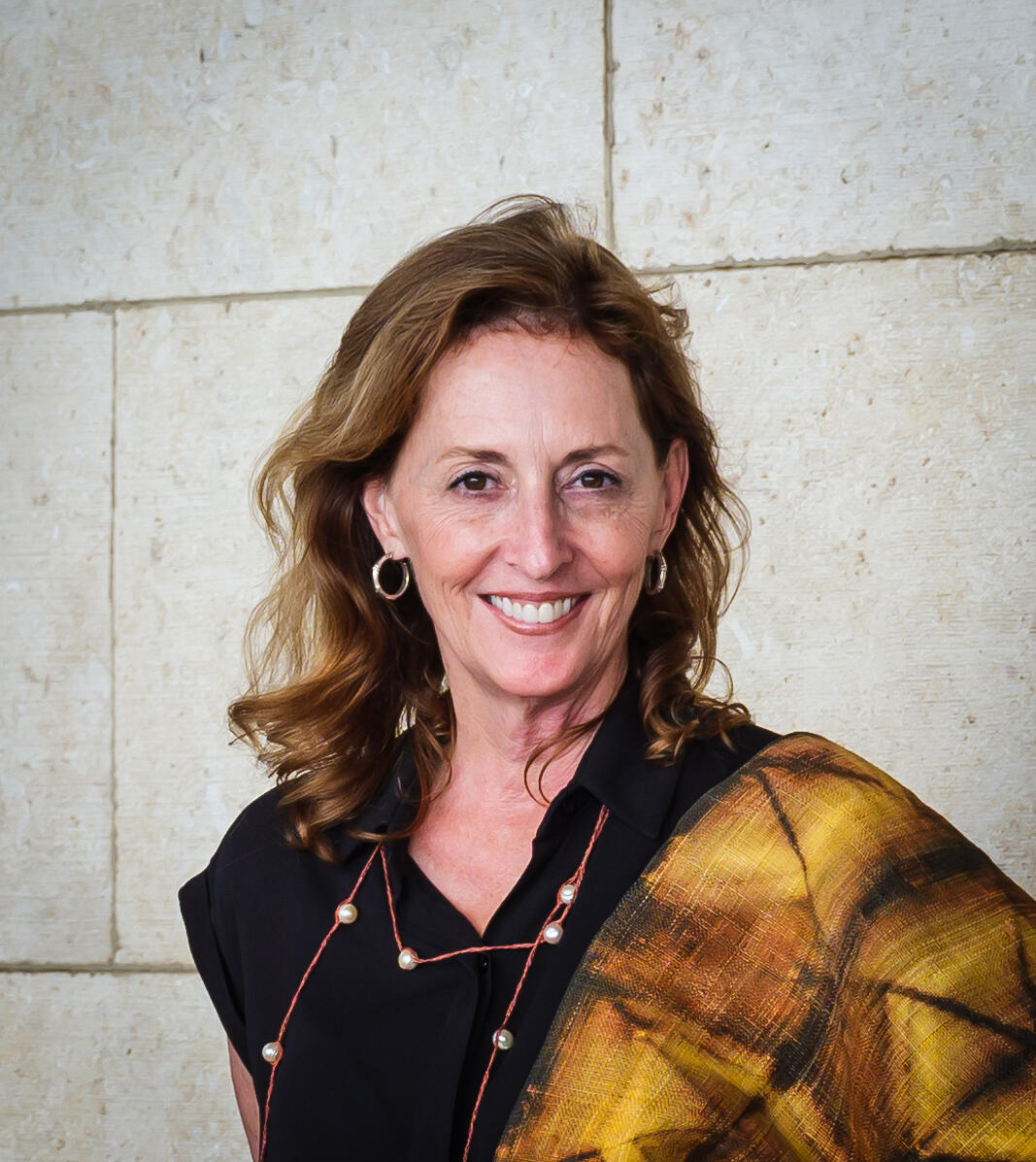
Can you tell me a little bit about the legacy of the firm?
Philpotts-Miller: Mary started the firm in 1960—there are these fabulous photos of her and her business partner, Allison Holland, with their beehives and their muumuus. They were two working mothers who loved design and had a couple of different storefronts.
Tom: They eventually went their separate ways when Allison and her husband relocated to another island. Mary was the only one left, and she was fearless. She undertook so many projects that went beyond residential design—she got involved in hotel projects, in corporate work. And she was doing it at a time when Hawaii did not have what we would call “structure” today, so she was creating accounts and had dealer status with many, many corporate lines.
Philpotts-Miller: She juggled a lot, including her family. She was amazing, though—I mean, she was home making dinners, but she was definitely a go-getter. One of the people who really affected her was Vladimir Ossipoff, one of Hawaii’s most prolific and famous architects. Her best friend growing up was [his daughter] Sondie Ossipoff, so she grew up going in and out of that household. Later, she got to work with him a lot.
She had this invincible spirit and can-do attitude. She had [so many] people come and go through these doors, always with the best intentions. It was like, “Oh, come work for me this summer—be our intern, be our librarian.”
Tom: It was very supportive, and she was always looking toward the future.
Philpotts-Miller: She was really planning for the next generation, and then the next. She was a visionary.
What does it mean to be that second generation of leadership at the firm? So many founders talk about passing down their firm’s legacy, but it’s hard to get right.
Philpotts-Miller: Well, the firm had to change. My mother ran it like a matriarch. But the next gen, she brought us to the table, and we’ve run it like a management team. She was definitely at the table with us when we were onboarding, but it really evolved based on who we were.
Tom: And I think Mary thought about that. Certainly, that went back further than 25 years—she was thinking about the next generation that long ago. She could see that she had laid down this foundation. The idea was: How do you nurture this for the future?
Philpotts-Miller: And nurture the people. Lowell has been here since the 1980s—pretty much your entire career, right?
Tom: Most of my career, yes.
Philpotts-Miller: She recognized and fostered talent—true talent. There are all kinds of talent, and all kinds of personalities, in our management team, but Lowell is definitely a rock. She mentored people. Though, actually, I never felt like she mentored me. She just threw me into a pond.
Tom: She gave [you] the ball and told you to run.
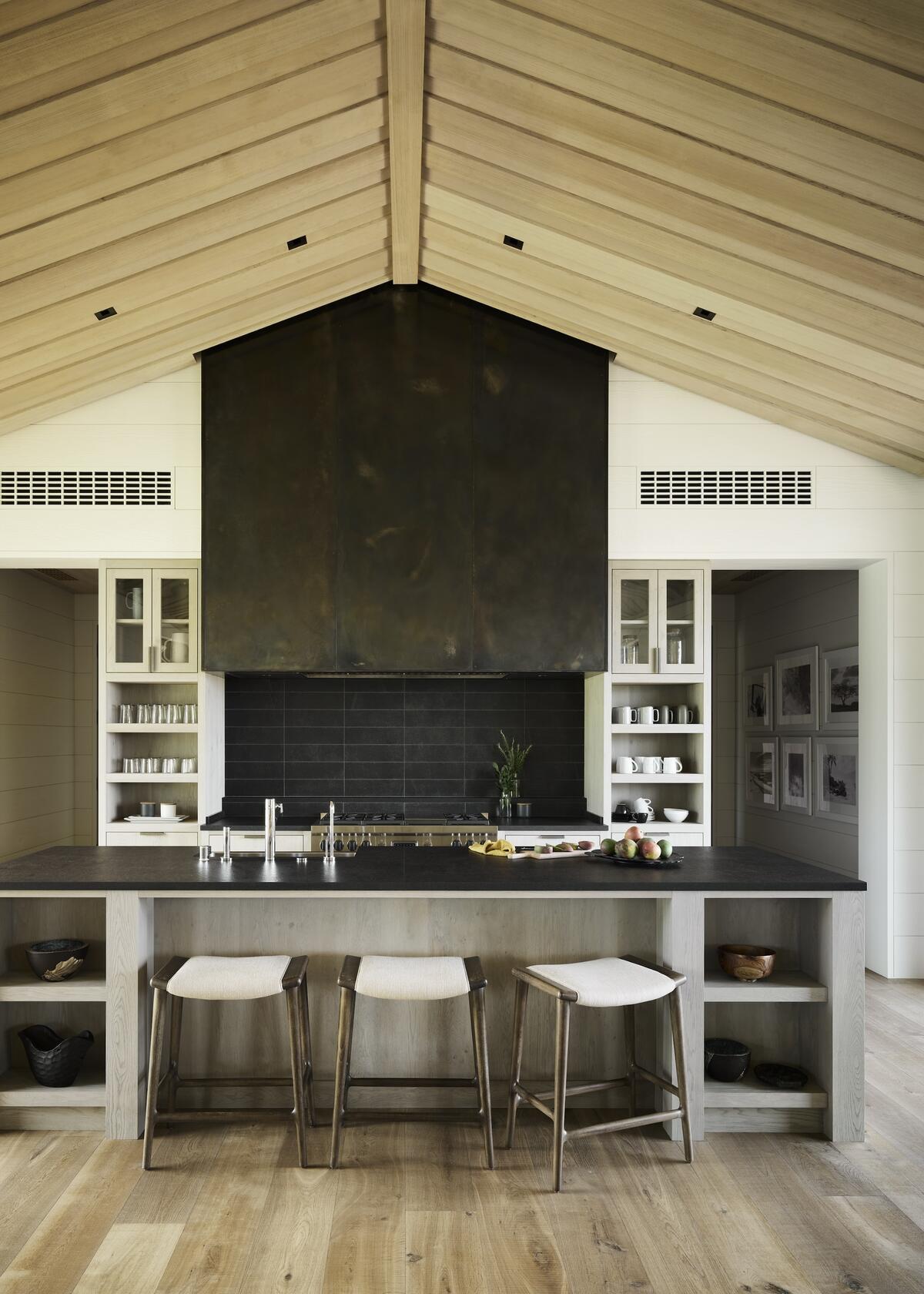
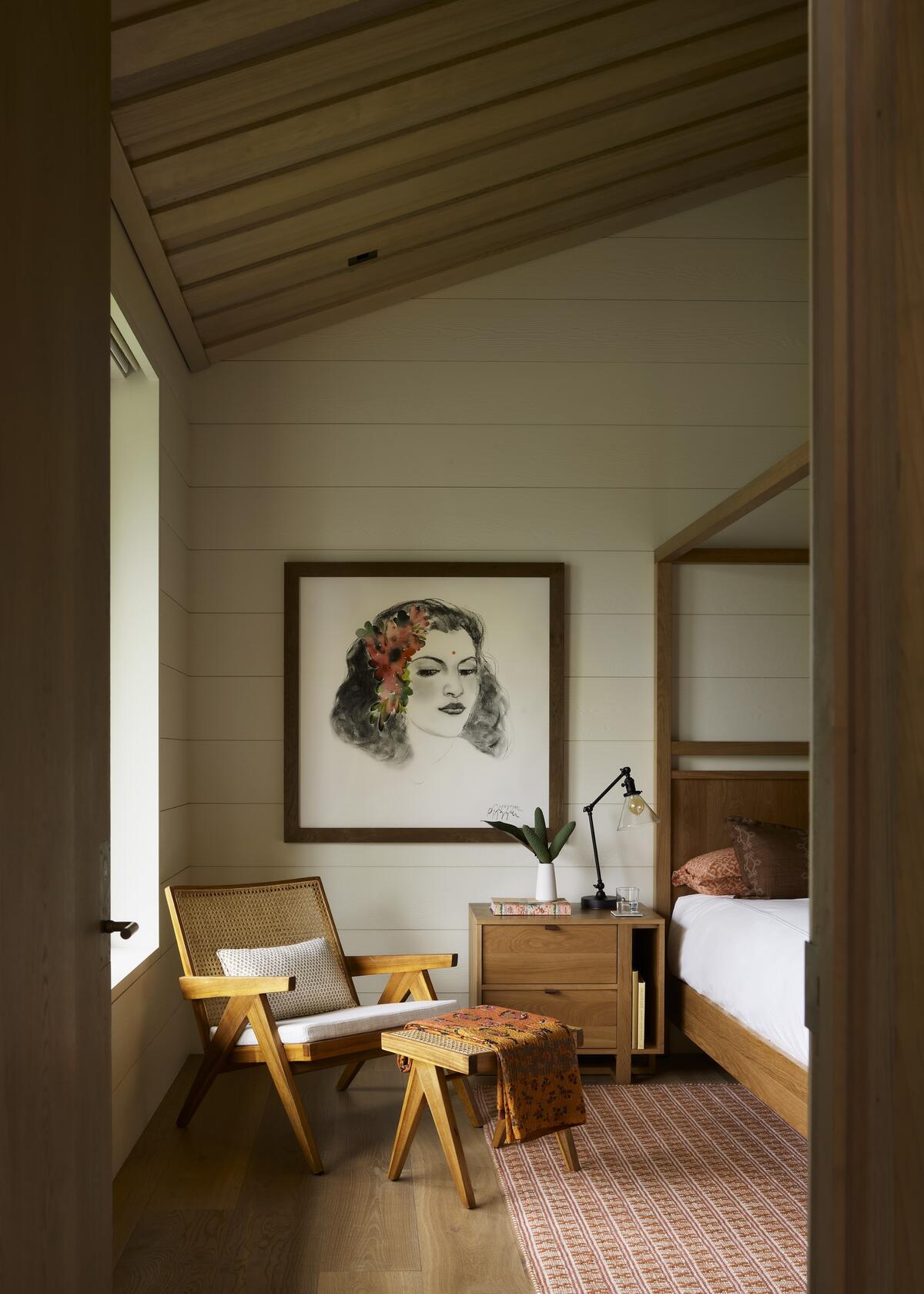
What does the business look like today?
Philpotts-Miller: I don’t know that it’s that different. We still have some very high-end residential and hospitality projects, as well as development work—there’s still a fair amount of development going on, especially on [Oahu]—and then some corporate work, which kind of comes and goes. [Our third partner] Holly Boling Ruiz has done quite a bit of medical work, like Kapiolani women’s and children’s [hospital].
My mom used to say that you have to be ready when the business model changes. It’s like a pendulum. In one moment, there’s a ton of development and it’s all hospitality and renovating hotels, but then it swings back over [to residential]. When you look at the design team today, everybody can do pretty much anything, I would say, with the exception of the health care.
Tom: Our role as a consultant in any of these kinds of projects has certainly grown—in terms of what we’re required to do as a designer. Especially on these new construction projects, whether it’s residential, commercial or hospitality, the role of the interior designer has grown tremendously. I think that’s the biggest difference from 25 years ago: Where Mary could be involved in so many projects, every partner at the firm now has their own team and is running their own projects, and our role on each project is so much larger.
Are you looking for that nimbleness and adaptability in a candidate when you’re hiring?
Tom: I think it’s very hard today to find someone who has been involved in that many disciplines.
Philpotts-Miller: You have to be old! You can get a resume that comes in and the candidate has a great skill set—they can do specs and hospitality, blah, blah, blah. But already, they’re pigeonholed, right?
Tom: But if they are passionate and their interest is there, [we can make it work].
What does the team look like today?
Philpotts-Miller: At one point, we were a 40-something-person team. But there’s a point where it becomes too much of a machine, especially for Hawaii, and you find yourself just supervising all the time. We want to have excellence on these projects, but it got too big. Now, we’re down to three partners and about 22 people. I do the most high-end residential and then some hospitality.
Tom: I’m [more evenly] split in that mix.
Philpotts-Miller: And then Holly does a small amount of residential and quite a bit of development and hospitality.
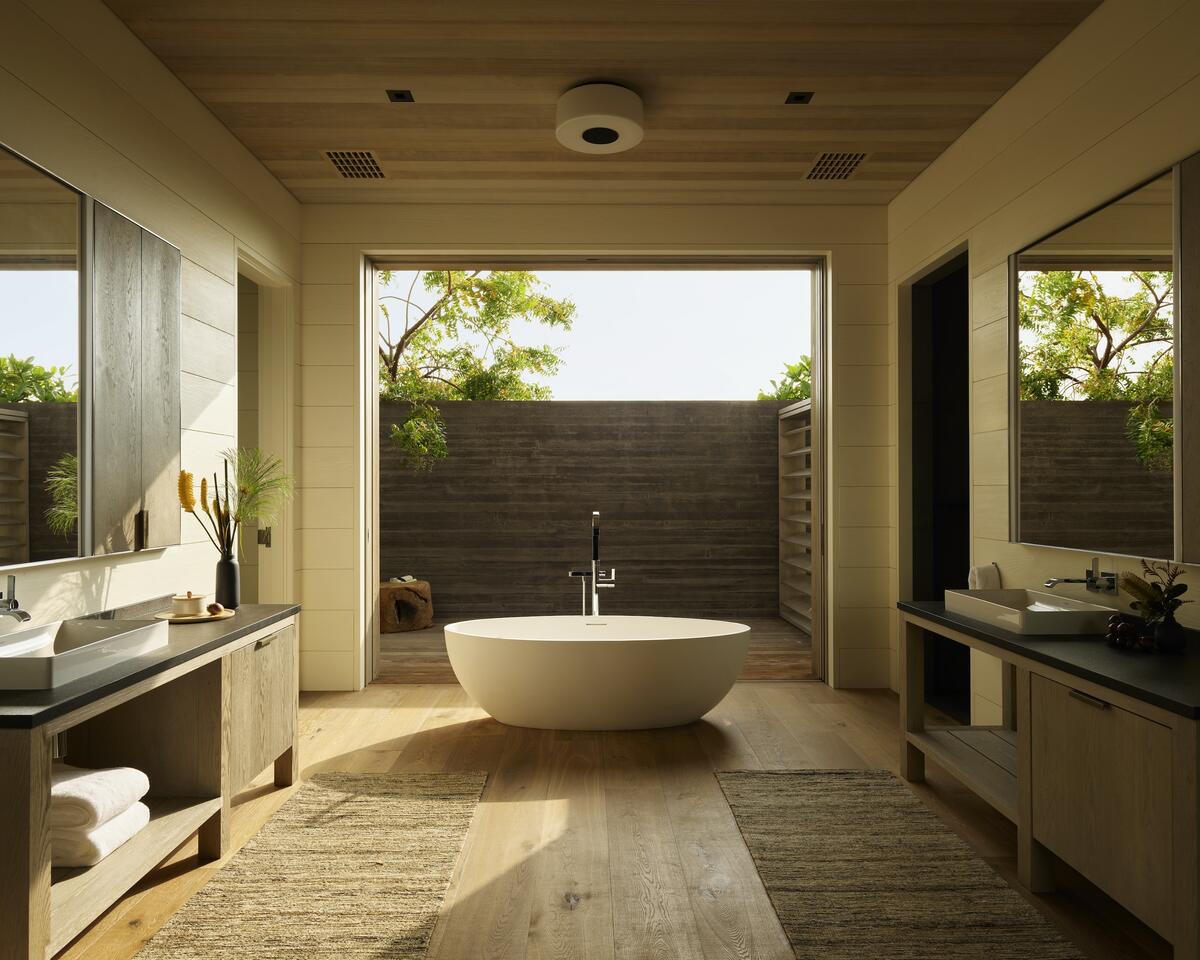
We’ve talked about the foundation that Mary established, but how does that live on in the firm today? What about that is unique to Hawaii?
Philpotts-Miller: Mary was an art major, and she really saw things through [the lens] of art and craftsmanship. She was also part Hawaiian, so Hawaiian culture and hospitality were ever present in the way she approached projects. But when I say culture, it’s important to remember that Hawaii is a melting pot, which has influenced the island’s design output. You can have anything from a Charles Dickey kind of residence, with all of these classical influences, to something that might be more Japanese and Chinese antiques, Hawaiian daybeds—a mixture of cultures.
Tom: You know, Marion is being modest, but she comes from a family that traces their lineage in Hawaii many generations back. As much as Mary was an artist who embraced all the cultural influences of Hawaii, I think the idea that she was a source of knowledge about Hawaiian culture, and how she incorporated those influences into her projects, is important as well.
Philpotts-Miller: I think that captures her essence: She definitely had a Hawaiian heart, and I know it’s deep in our firm’s DNA. One of our challenges today is that you have new people coming and going. Many are from the mainland, and we welcome that, because it’s hard to find talent here. But those who are homegrown, they really get it, because it’s their culture and they want it to be put forth and preserved in a way that is authentic and beautiful.
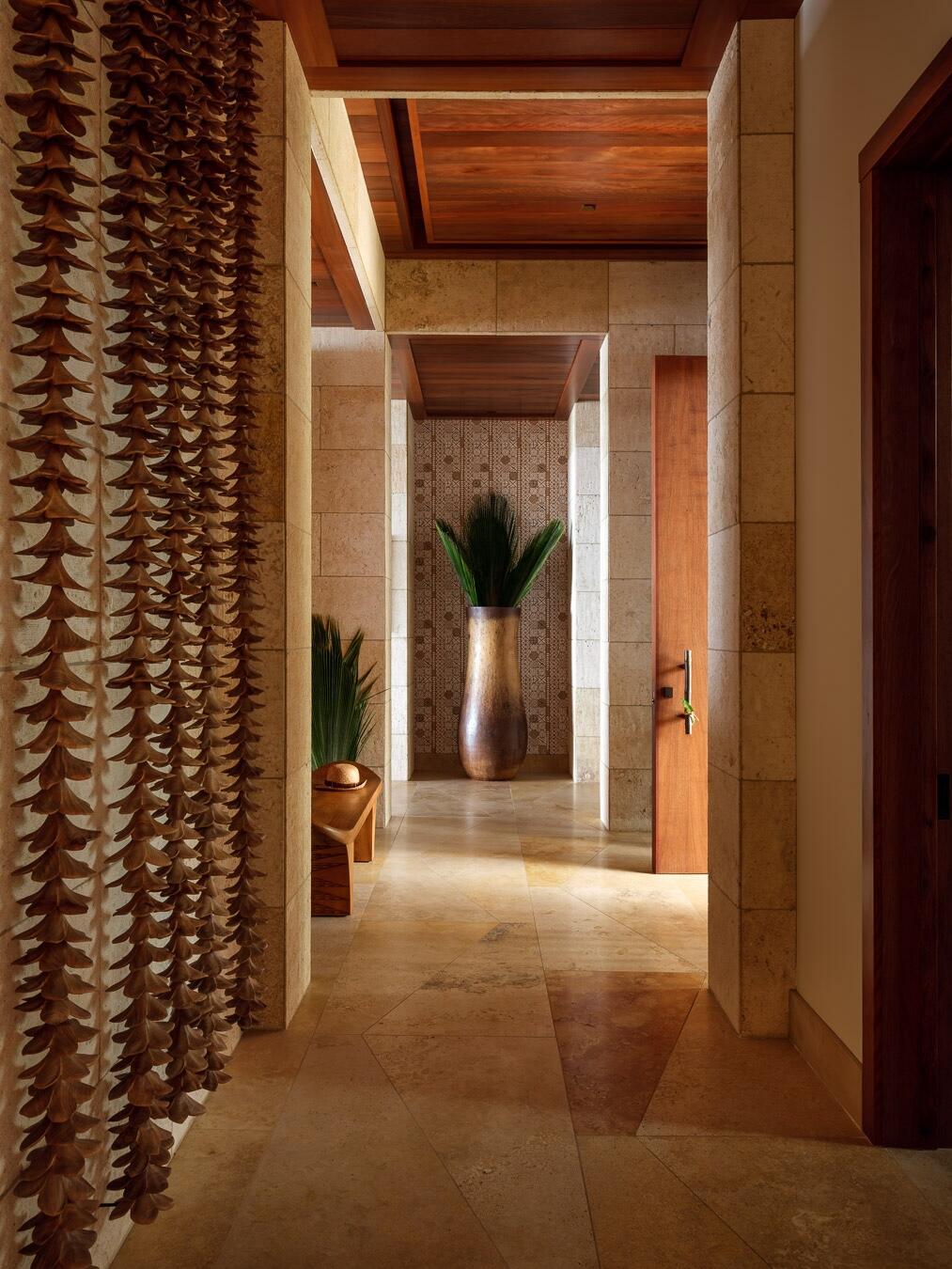
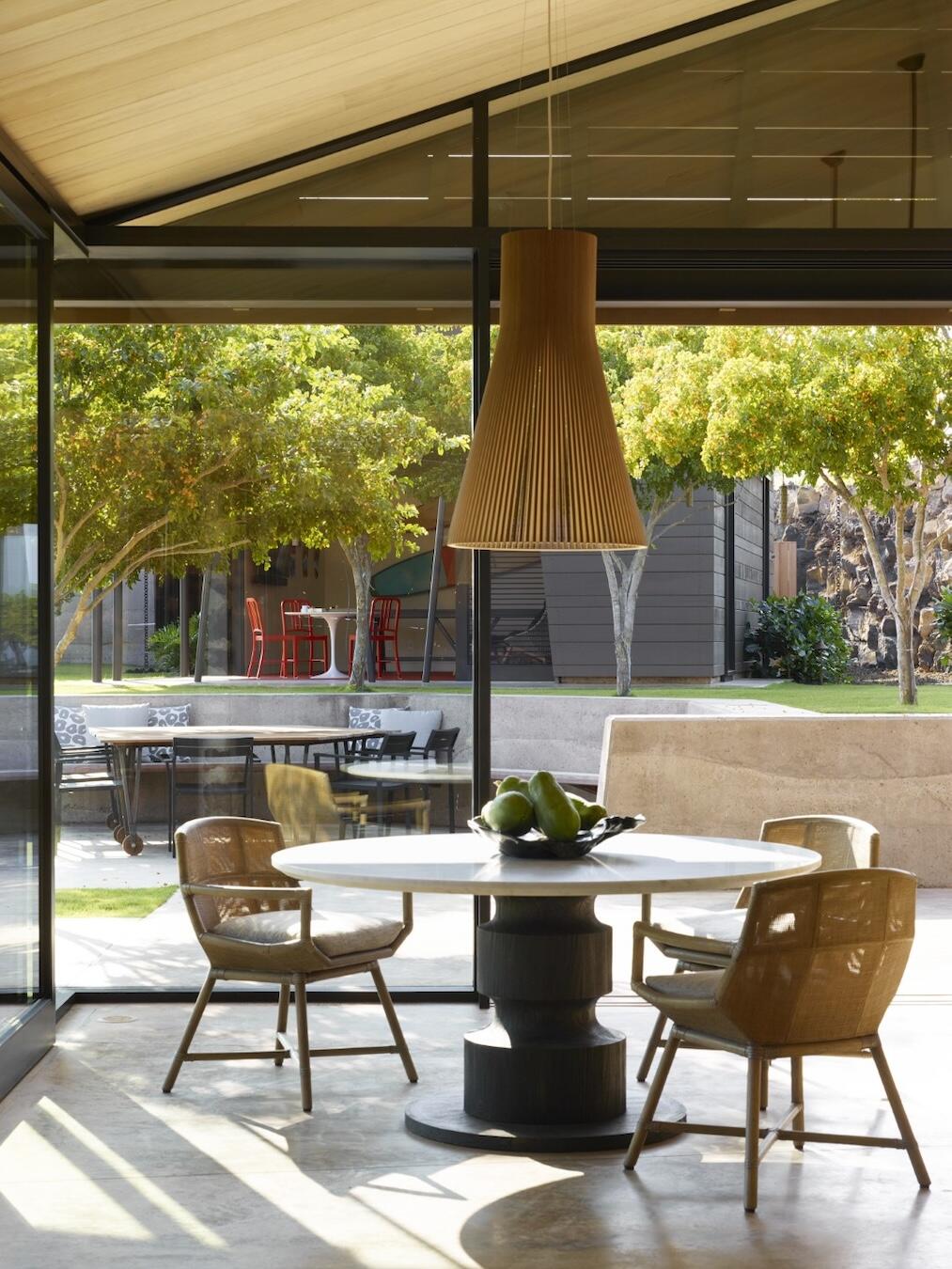
What are the unique challenges of designing and building in Hawaii?
Tom: Our location adds another layer to our work because we’re shipping everything across the ocean. It adds time and a little more effort just getting product here. Honolulu is considered a large city. But when people come here and think they’re going to find furnishings in Hawaii—you know, our furniture retail market is quite limited.
Philpotts-Miller: There are no showrooms, for example, like you’d see in every major city. We do a lot of custom work, but labor is very expensive.
Tom: I think it is also a surprise to some clients—not just that extra effort, but how much ocean freight adds to what they pay for something.
Philpotts-Miller: Ocean freight means it’s all going to a consolidator in Los Angeles, where it’s being inspected and held [in a warehouse] until everything comes, and then coming over in containers. It’s very different than trucking furniture from High Point to Chicago.
Tom: And that’s just getting things to Honolulu. Going to some of these neighbor islands where much of our residential work is takes another additional step. That could take up 20 to 25 percent of the budget—all costs that someone would not have had to anticipate on a mainland project.
Philpotts-Miller: We’re procuring in-house, so time efficiency is really important in terms of profitability. For example, I have a lot of custom things made in Bali for residential work because there’s a significant cost savings. We also love West Coast vendors like A. Rudin in Los Angeles for fabricating upholstery because it saves on time and shipping—we’re not shipping across the country.
We talked a little bit about finances in terms of freight. But I’m curious about your overall approach to billing as well.
Philpotts-Miller: We have a lot of flat-fee projects.
Tom: And a lot of times we’re working on larger projects and development projects where we are under an architect’s umbrella. Those invoices are not turned around on a regular basis, especially on some of these development projects where architects are being paid in phases, so we have to have a watchful eye on our cash flow and monthly finances.
How does the housing market impact the residential work you’re seeing now?
Philpotts-Miller: A lot of our clients are second- and third-home owners who are building very high-end residential developments with all of the amenities. You see that model all over, right? These gated communities in many tropical, warm places, but also in ski resorts like Sun Valley. We do get a lot of that type of work, and we get to partner with some really talented architects to do it. Those are beautiful projects that often take four and five years to come to fruition.
Just to clarify, is this in a residential development in a high-rise or stand-alone properties in a community?
Philpotts-Miller: That’s a really good question—it’s actually both. Especially in Honolulu, there are different demographics of buyers. Some are high-rises by developers like Howard Hughes; others are local developers doing some beautiful projects. It’s created a lot of urban density and a lot of foreign buyers.
Tom: That’s one of the nuances of Honolulu in the last 10 to 15 years—there’s been a real spurt of high-rises.
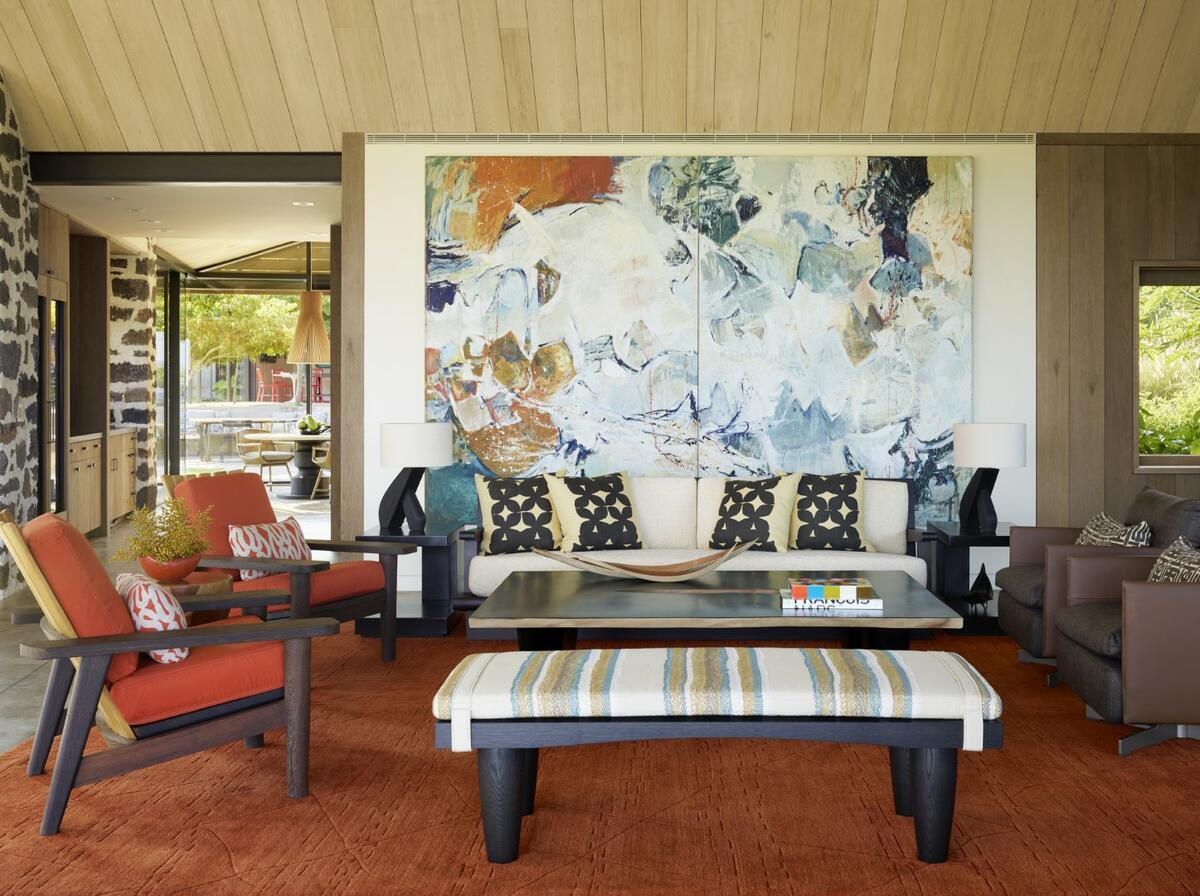
Where do you see opportunity in the future? What does success look like for each of you?
Philpotts-Miller: I’m going to let you go first, because you’re retiring. He’s leaving me!
Tom: There are so many different ways to define success, but this is something that has always resonated with me. I remember going to a birthday party that Mary had thrown for John McGrath, who was her second husband. He was a transplant, and he moved here at a semi-retirement age. He spoke to [the idea that] success for him is really not about the physical or the aesthetic quality of the project, but it’s really the relationships that you build along the way in your career. Friendships and relationships. As you look back at all the years, that’s what’s really important.
Marion, what does it look like for you in terms of continuing on?
Philpotts-Miller: First of all, I just absolutely love what I do. When I look down the road, I’m like, “Oh, my God, what am I going to do when I retire?” The passion and love of design doesn’t leave you [as you age], so how do you translate it into beauty in your retirement? I think my mom did that beautifully. We started this atelier called Place; she went back to printmaking. I aspire to have those things that really continue that passion for design but give you an opportunity to do it in different ways.
Success, for me, would be to see my mother’s legacy carry on through us as gen two, and on to gen three, in a way that naturally blends with their own voice—that they find that foundation that Mary laid important and relevant, and that they keep design excellence at a forefront. I think that there are some nuances about what we draw on that Mary left us and in the way she did things. We brought a fresh breath, and an edgier design point of view, but we still were able to curate it toward that sense of place and the identity of what Philpotts was then. I think that’s what differentiates us from other design firms, local and mainland. My hope is that it’s possible to go on and continue to thrive and be relevant.
Is it clear to you who that third generation of the firm’s leadership will be?
Philpotts-Miller: You can see it in the folks who aren’t afraid, but also who have a passion for design and architecture, where they’re really living and breathing it. The good news is we’ve got team members from 30 to 50 who fall under that umbrella. And hopefully we can also create an appetite in those who aren’t here yet—who would find our firm and our culture and our work appealing.
Tom: I think it’s important that we always develop a portfolio that attracts new clients, but also new staff.
Philpotts-Miller: That can be a bit more challenging in Hawaii. It’s such a small pond here. Even though we’re doing really big and important work, we don’t have the same kind of conduit. I have strong Bay Area [connections], and I’m there a lot, but it’s just very different when you’re remote and on an island.
My brother likes to use the analogy of being in a canoe together: There’s a steersman at the back of the canoe, but you all have to know where you’re going and paddle together. And I think we’ll get there.
To learn more about Philpotts Interiors, visit their website or find them on Instagram.




























